Downtown Phoenix.

Nikon F100, Kodak Ektar at 160ASA, 24-120mm D AF f/3.5-5.6 zoom Nikkor.
Downtown Phoenix.

Nikon F100, Kodak Ektar at 160ASA, 24-120mm D AF f/3.5-5.6 zoom Nikkor.
In the style of Hopper.
No one portrayed the desolation of America’s downtowns better than the great American painter Edward Hopper, and you can read more about him here.
Walk around old town Phoenix and Hopper is everywhere to be seen.
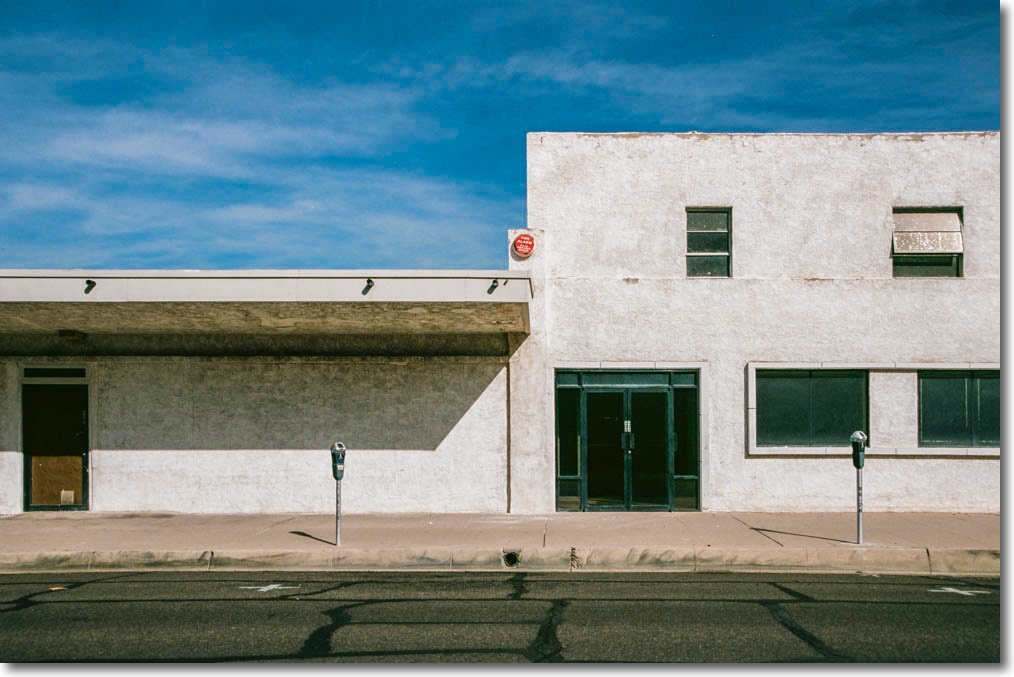
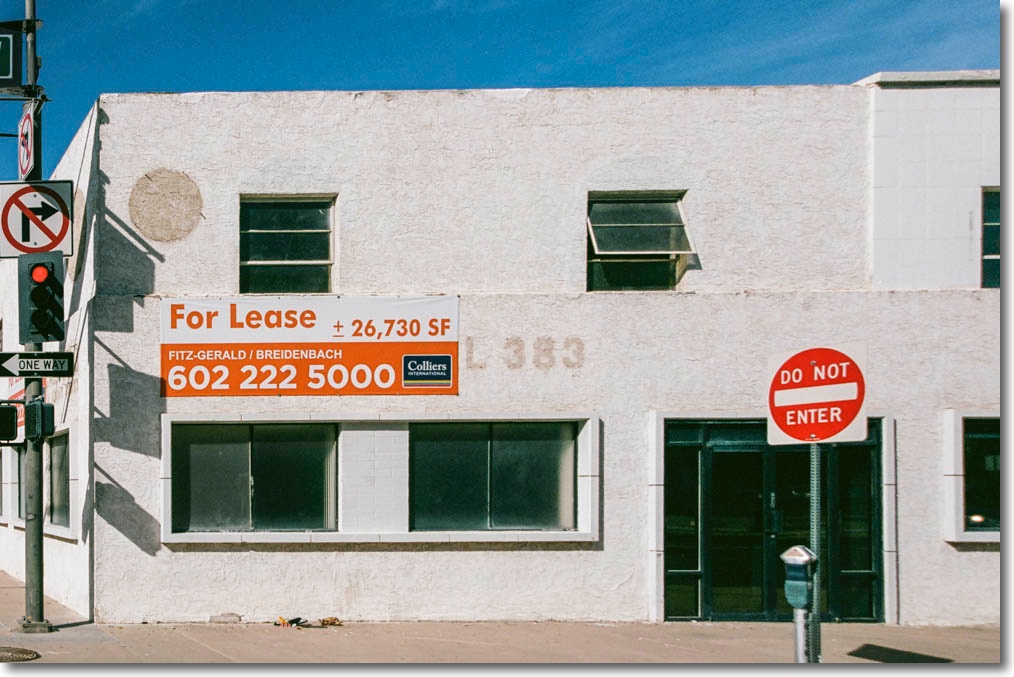
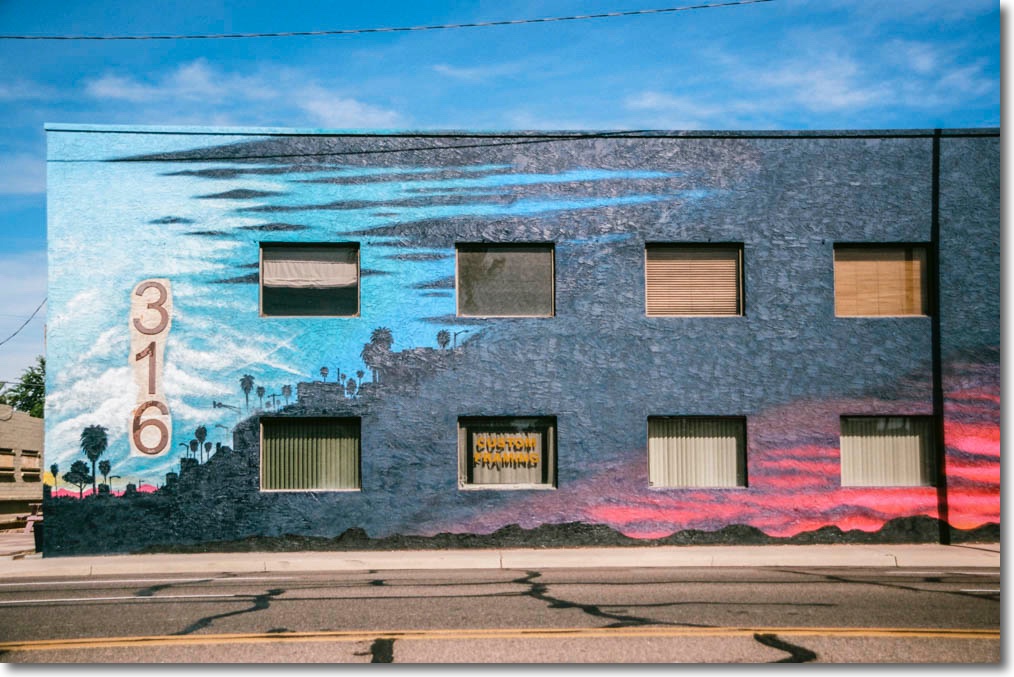
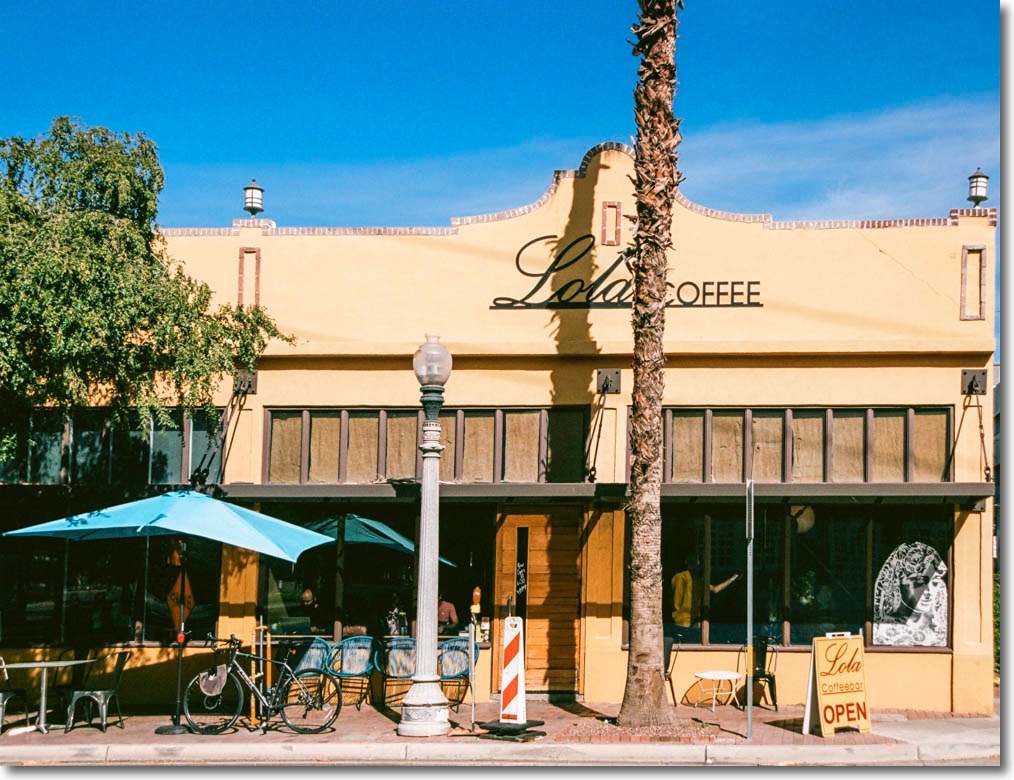
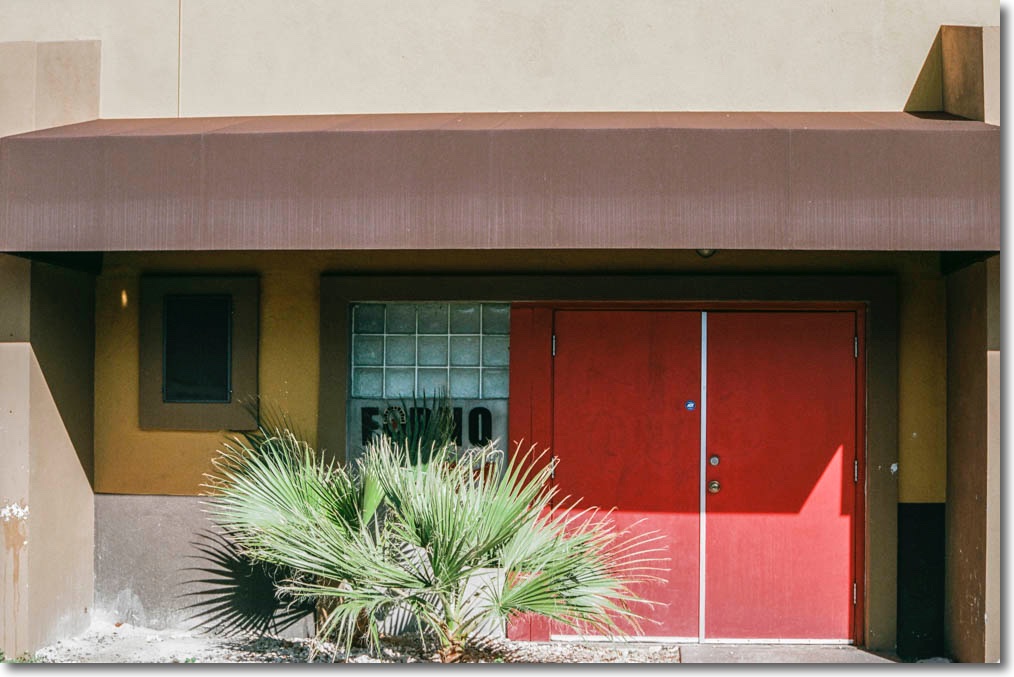
Nikon F100, Kodak Ektar at 160ASA, 24-120mm f/3.5-5.6 AF D Nikkor.
Period charm.
Driving around the city center of Phoenix in expanding circles I chanced on the Willo Historic neighborhood.
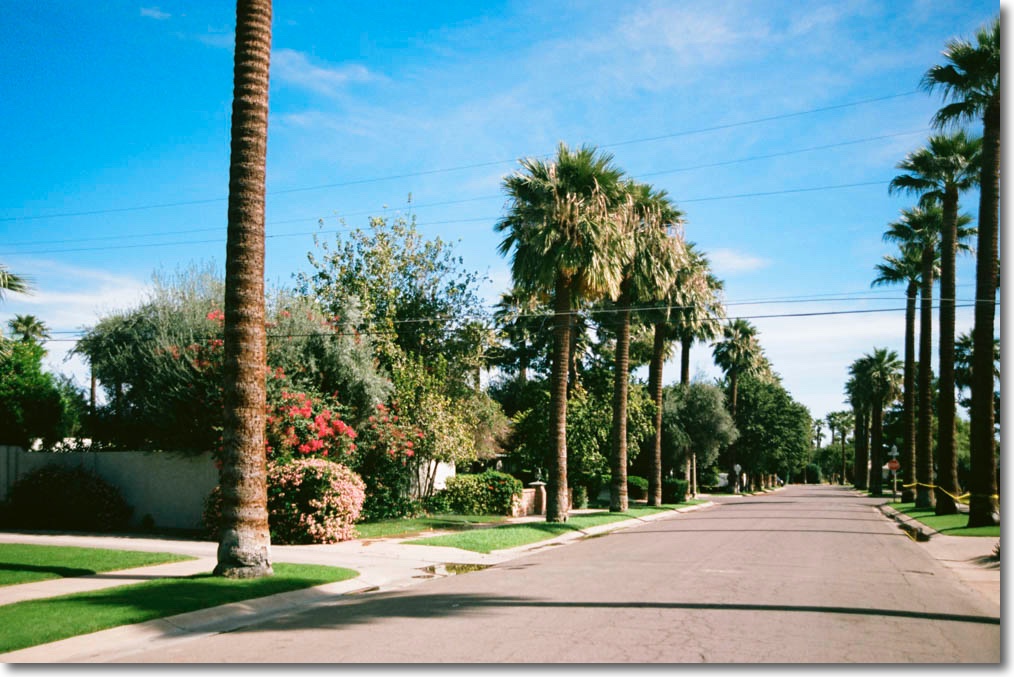
It was like a flashback to the ’20s which is, indeed, when the neighborhood was created.
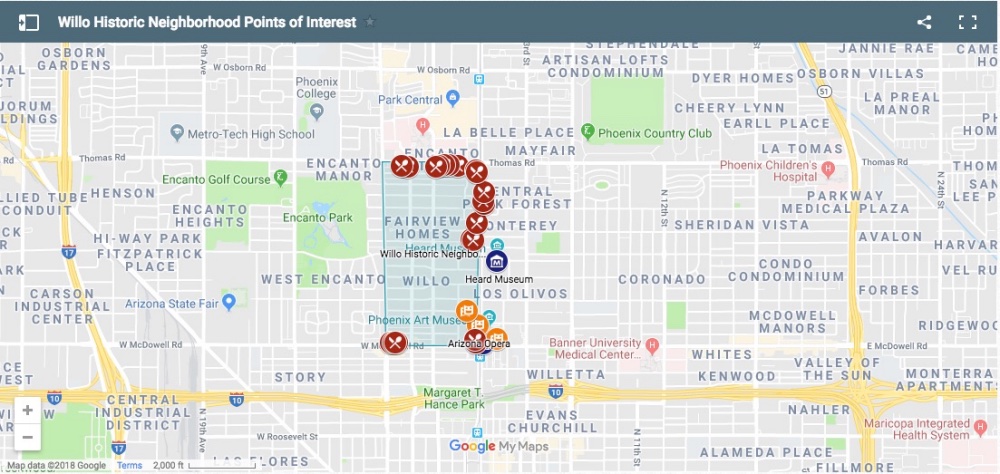
Of course, there’s always a pig to be found wherever you go, and this one insisted on parking his execrable excrescence on the street:
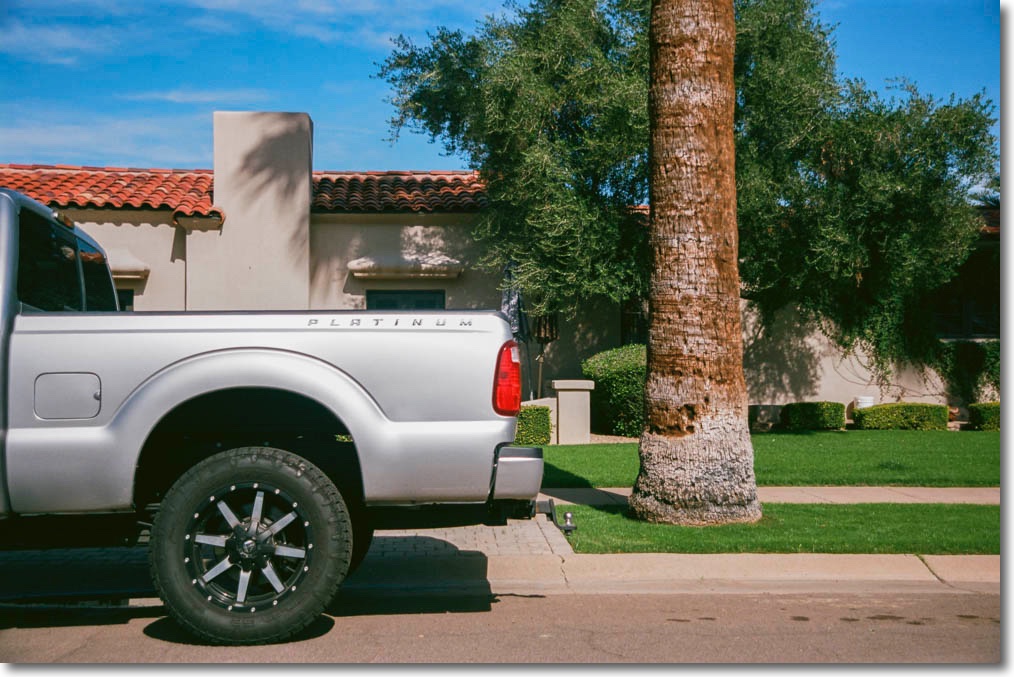
You can read more here.
Nikon F100, Kodak Ektar 100 rated at 160ASA. 24-120mm f/3.5-5.6 AFD Nikkor zoom.
Autumn blooms.
Four of these seven foot tall perennials greet visitors here, their blooms arriving with cooler autumnal days.

Nikon D700, 200mm f/4 Q Nikkor at f/5.6. Forget about fancy zooms and AF and OIS and aspherical elements – when it comes to a perfect, simple, unbreakable four element fixed focal length lens set in a gorgeous all metal, engraved mount, the 200mm Nikkor is an all time classic, and it’s hard to spend more than $30 on a good used one. Balance on a FF DSLR Nikon body is perfect. The image is SOOC.
Downtown Phoenix.
Completed in 1929, the Orpheum Theater underwent a 12-year restoration, completed in 1996, and is in perfect condition. The intricate Spanish Revival murals are really special.
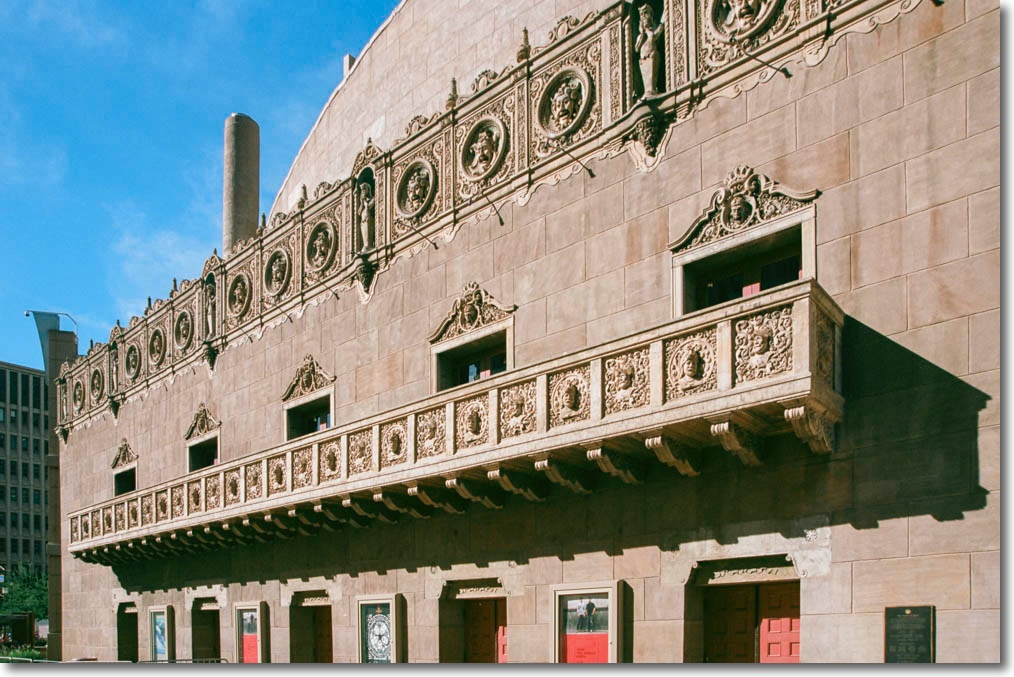
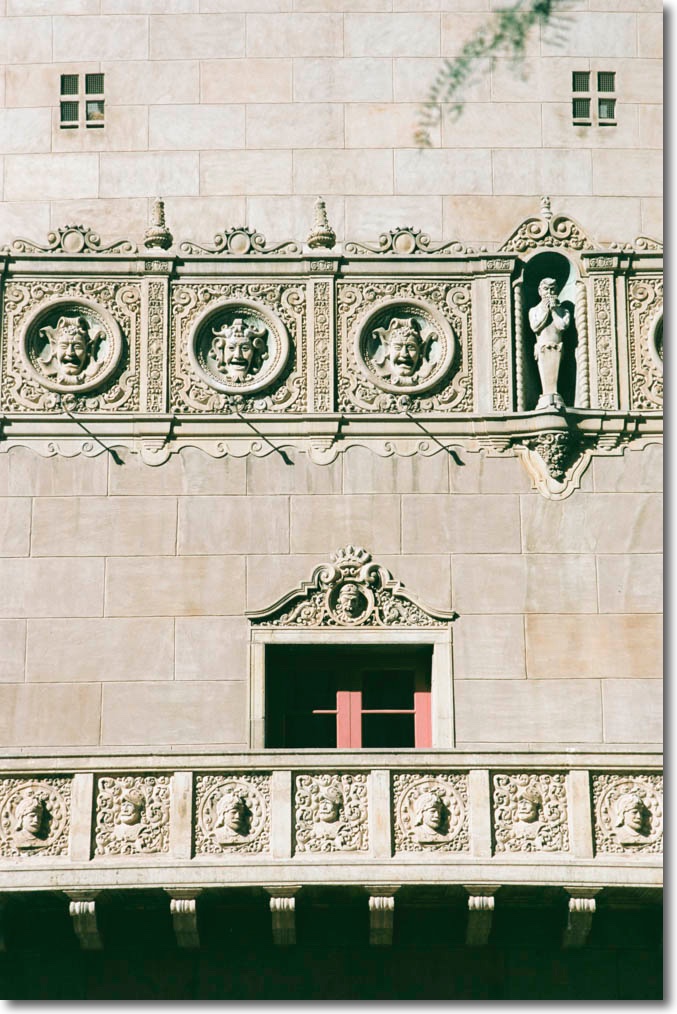
You can read more about the theater here.
Nikon F100, Kodak Ektar 100 rated at 160ASA, 24-120mm f/3.5-5.6 AFD Nikkor zoom.